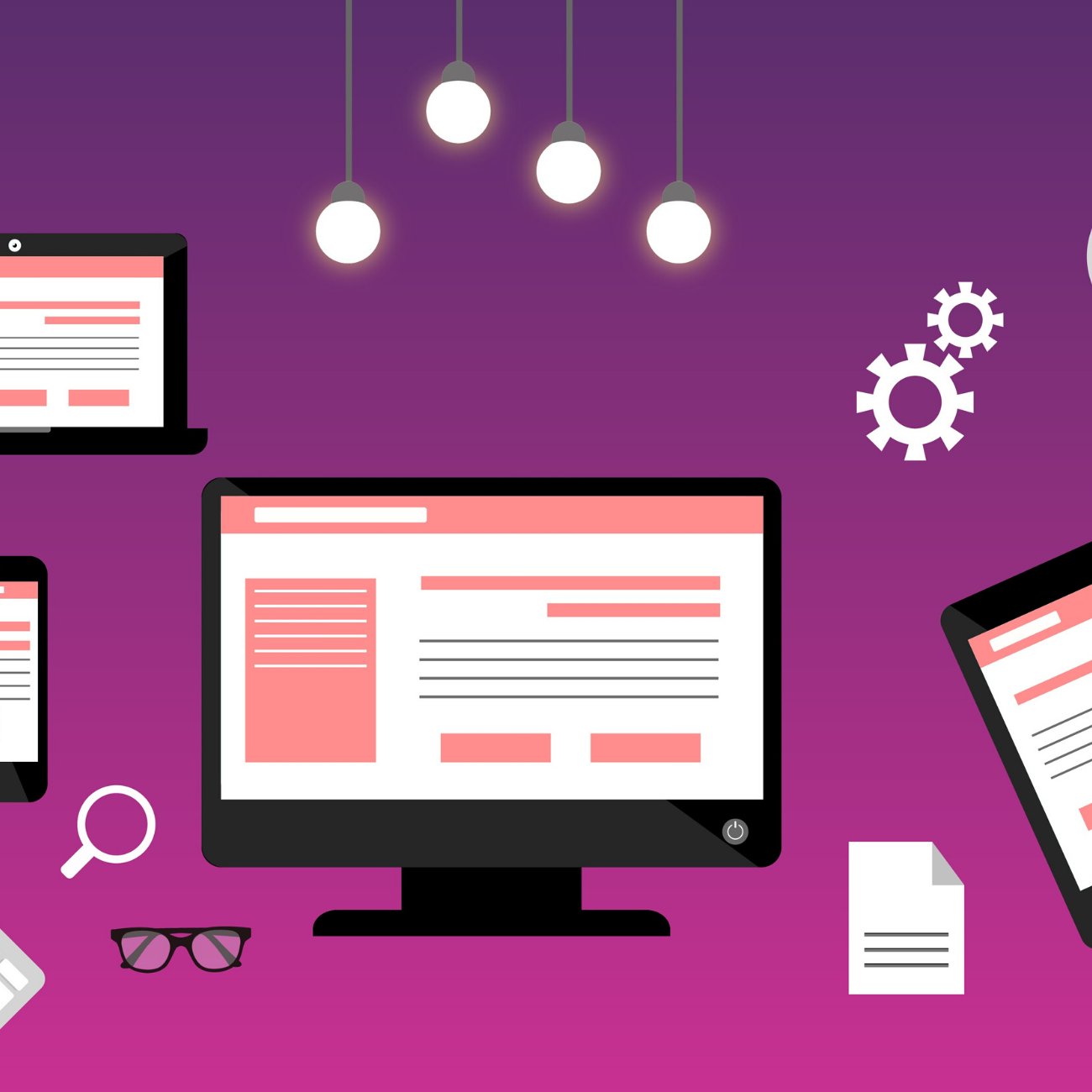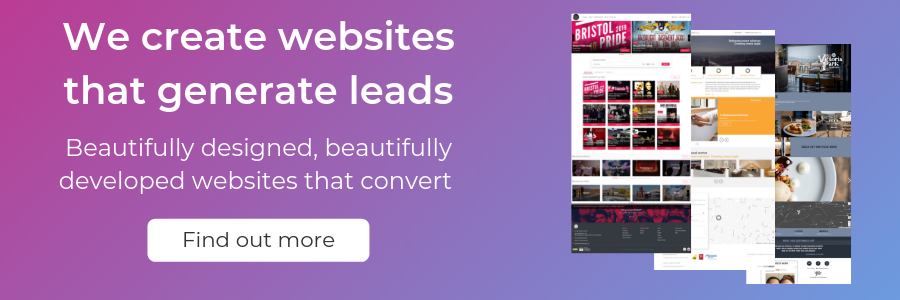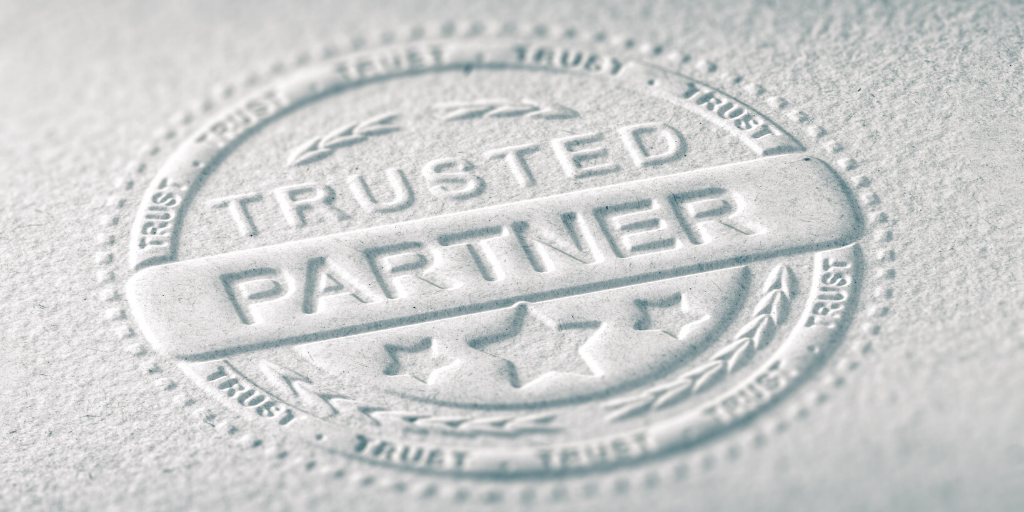If you're in the market for a new website, you've probably found a huge variance in the cost of getting that site designed and developed. A quick online search shows pages offering to develop a website for a couple of hundred pounds, while others range from a few thousand to tens of thousands. Plus there's always the option to DIY and create something yourself.
So, how do you work out how much your new website should cost, and whether or not you're getting value for money? And what should you be budgeting for?
Regardless of the method you chose, you will need, at a minimum:
- Website hosting
- Domain name registration and renewals
- SSL certificate
DIY websites
There are a number of different website builders out there, like Wix, Squarespace and Weebly, aimed at people who have no design or development experience and just want to create a quick and simple website.
For small and micro businesses with highly limited budgets, these can be a useful option, though they aren't completely free. Your costs will be limited to the cost of your domain name, the hosting fee, and any premium fee that the site charges. Many of the builders have free models, but if you want your own domain name and not to have their logo on your site, there's a monthly cost.
These sites make it easy to get started. And your only time limitation is how long it takes you to get it done, which can be a good thing or a bad thing. On the one hand, you're not waiting for anyone else, but on the other, you're likely to take longer than someone who does this every single day.
There are always positives and negatives to consider when doing something yourself versus getting someone else to do it. The difficulties with this sort of site include:
- If you're working on your website, you're taking up time that could be used for more effective tasks - there's always a balance to be found
- If you don't have any design experience, your site might end up looking a little homemade - fine for some businesses, less good for others
- Without some digital marketing expertise, it can be difficult to put together a site that follows best practice and gets you visible online
- Many of the DIY builders restrict your ability to add specific code, making it hard to do things like add tags or effective analytics
- There are some SEO limitations, though many of these sites are getting better in this regard
A few hundred pounds
These website developers don't require you to do anything - you give them your logo and they put together a site for you. In fact, some of these options are under a hundred pounds. So, what's the catch?
- Generally, for a few hundred quid, you only get a handful of pages on your site - 3-5 is the average. A homepage, contact page, about page, and maybe a services page or two. For a brand new small business, this might well be sufficient, but for larger businesses, this simply won't be enough. The costs start to ramp up pretty fast when you need more pages, too
- The site won't be custom-designed. While your logo and colour scheme will be included, the site design will be based on a template. That's the only way it's possible to develop a site for that sort of money! Again, for your first website, if you're simply trying to get started, this might well be ok. For a business with a strong brand, you're probably going to want something a bit more customised
- Because it's a template, you'll likely have a very similar site to other people. Which might not be a bad thing, unless one of your competitors is using the same template!
- Often these sites are not well-optimised, and things like page speed and user experience can be affected
- It doesn't take much to outgrow these sites. As your business develops, you might find the strict template doesn't let you add content or features that you need
- These options are rarely suitable for eCommerce or complex websites
None of these mean it's a bad idea to use this kind of low cost developer approach. For a business that's just starting out, these options mean you don't have to invest money you don't have yet. But you should be a little cautious that you don't start with a site that won't last you very long. If you've got big ambitions for your business, even a cheap site may be a waste of money if you need to replace it or update it frequently to keep up with you. Sometimes that initial investment is worth it.
A few thousand pounds
This is the sweet spot for most businesses - it usually gets you a beautifully designed and developed site, with as many pages as you need, SEO-readiness built in, and all the features and elements required now and as your business grows. You're most likely to be working with an web design agency or a freelancer that brings in other professionals for support (a designer that outsources their development, for example).
If your site is being developed on WordPress, this could include custom design of a new template that's only used by your business. It could also include a number of special plugins that ensure your site is functioning the way you need it to.
But at this price range, you're not necessarily limited to WordPress. It might be the right option for you, but there are other methods of web development that open up for more bespoke features - things like Laravel or Craft CMS.
This level of investment also allows you some amount of integration with your existing systems, though depending on the complexity, you might nudge up into the next bracket.
If you're working with a freelancer, make sure you understand exactly how the process will work.
- If they're outsourcing the design or development part of the project, who do you speak to for issues?
- How long will they support changes/edits after the completion of the project?
- Exactly what is covered in terms of set up?
- How robust is their go-live process?
- Who exactly will be working on the site - where is the outsourced partner?
- How secure is the process?
If you're working with an agency, most of these questions are irrelevant, but you'll still want to know what the support arrangements are, if they can help with ongoing maintenance, and who you should speak to (your account manager). If you think you're likely to need to make lots of changes to the content, images, and so on, you might want to arrange an ongoing maintenance package that includes a monthly fee for minor edits and updates.
Tens of thousands of pounds
If you need a highly complex website, development costs will inevitably be much higher. This might be because you need a site with hundreds or thousands of pages/products, or complex integrations with your existing systems and processes. At SpidergGroup, we're experts in Sage50 and Sage200 integrations, for example, which allows you to link your website with your accounting software.
For this level of investment, you'd expect your site to be custom-designed and developed. For brands with strong identities, a highly customised website is pretty much essential, and off-the-shelf solutions often won't have the flexibility to create the user experience you're looking for. It's unlikely you'd be dealing with an individual at this point - you'll be working with an agency, so make sure you know what's covered and what the scope of work includes, how many changes or iterations are included, and what the ongoing support or maintenance arrangements will be.
The bigger and more complex your website, the higher the hosting and backup charges will also be. More site visitors means more bandwidth required to serve the site to visitors, which means a higher cost. It's a bad idea to cut corners in this area, too, because poor hosting will increase your page loading times - and customers are more likely to leave a site if it takes more than a few seconds to load (not to mention the fact that a slow page speed will also affect your pages' rankings in search results).
What else affects the price of a website?
After the complexity, custom design elements, size, and features of your new website, there are a few other factors that can change (usually increase) the price.
If you've received a quote for web design and development, and your requirements change during the process, you should expect the final cost to reflect this. If you change the scope of the project, the costs will increase as additional work is required. Of course, if you remove complexities, the price may go down, depending on how much work has already gone into those elements.
To avoid these sorts of fluctuations, it's a good idea to have a really clear idea of what you want to do, before you start. Spend plenty of time talking through the scope, the aims and goals, and the needs of your site before development starts, so you don't have to make changes mid-project (though some changes may be inevitable).
Then there are elements like:
- SSL certification to show your site is secure
- Maintenance
- Backups
- Payment processing for eCommerce sites
- Updates
- Imagery if you don't have any of your own
All of these have a cost, and many of them aren't optional. Sometimes your website package will include them, other times you'll need to organise them yourself. At SpiderGroup, we include everything you'll need, so you don't have to worry about a thing.
There are plenty of misconceptions about website design and development (we rounded a few of them up in our 'web design myths' post), so keep your eye on the prize - a website that generates leads and converts visitors. Ask every agency, freelancer, or tool how it will help you do that.






